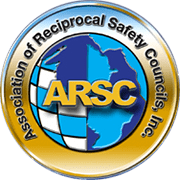By Trish Ennis CSP, ARM, CRIS
Executive Director, Colorado Safety Association
A recent study conducted and published by the National Institute of Occupational Safety & Health (NIOSH, October 7, 2021 https://www.cdc.gov/niosh/updates/upd-10-07-21.html) finds that more than 50% of workers who are exposed to noise on the job do not always, or even frequently wear hearing protection. This information may not be a surprise to the professionals who are tasked with enforcing occupational safety rules, but it is important information. Interestingly, non-compliance was highest among women, young workers, and smokers.
This study, which looked at 39,508 adult workers between 2007 and 2014 was consistent with past research, although this is the first time a connection has been made between smoking, and non-compliance with the use of hearing protection devices. It is to be noted that the data was collected for a period of time that concluded seven years ago and was finally published in 2021.
